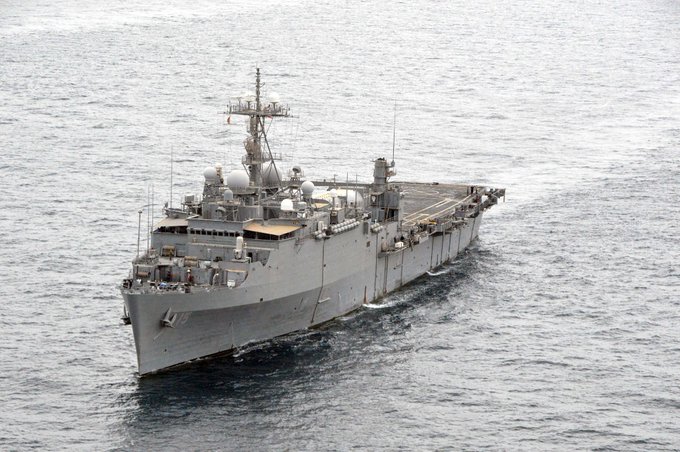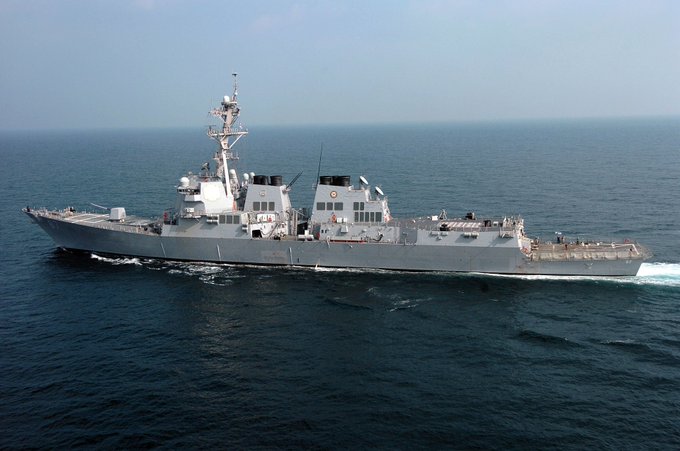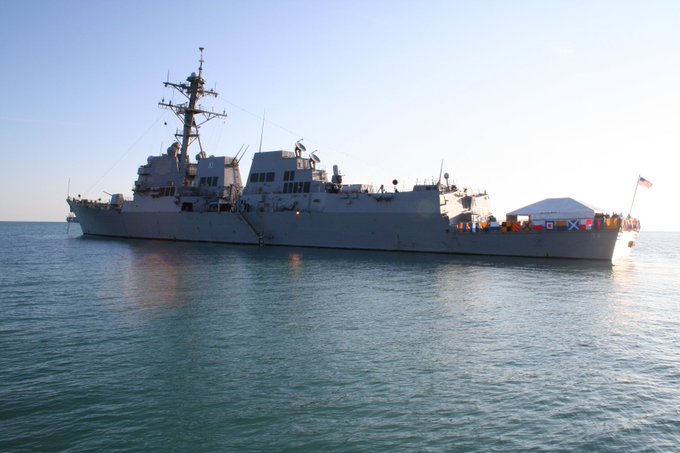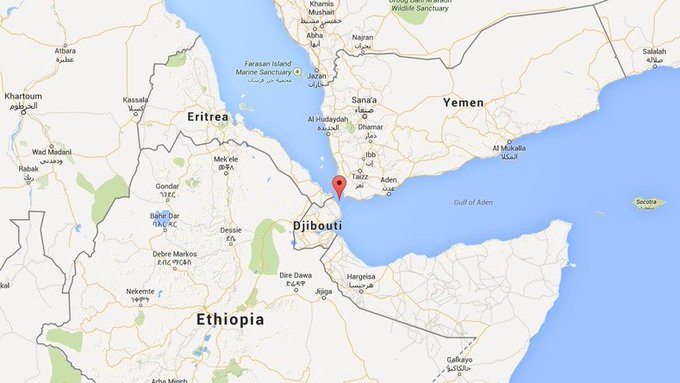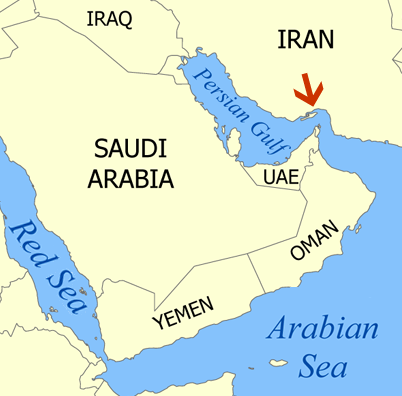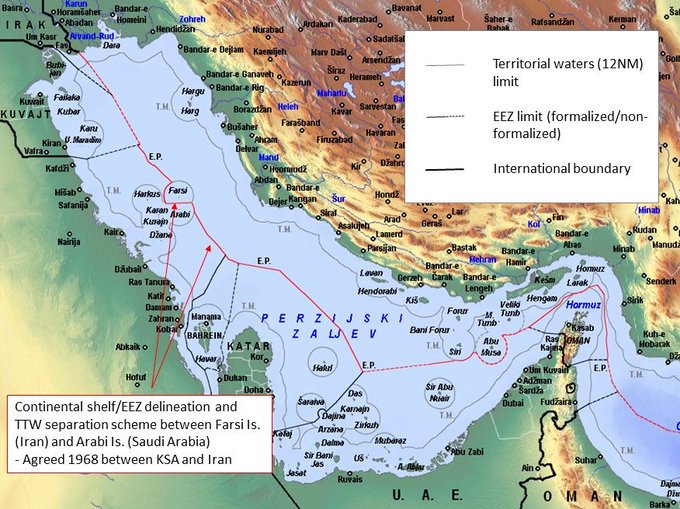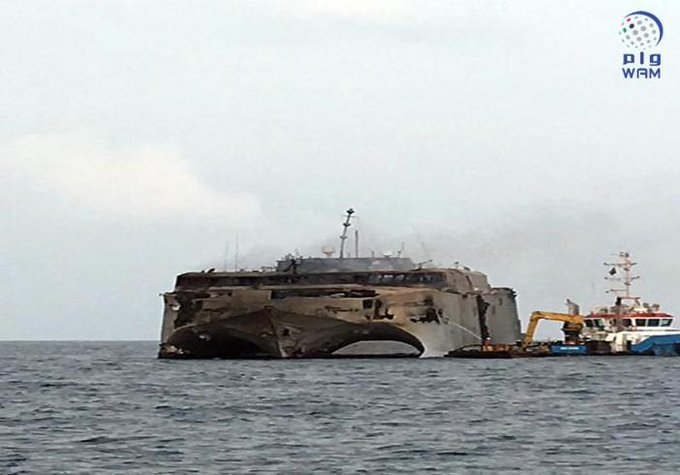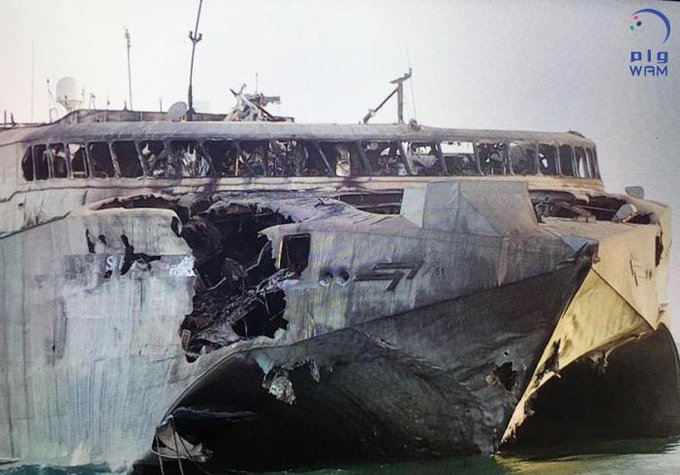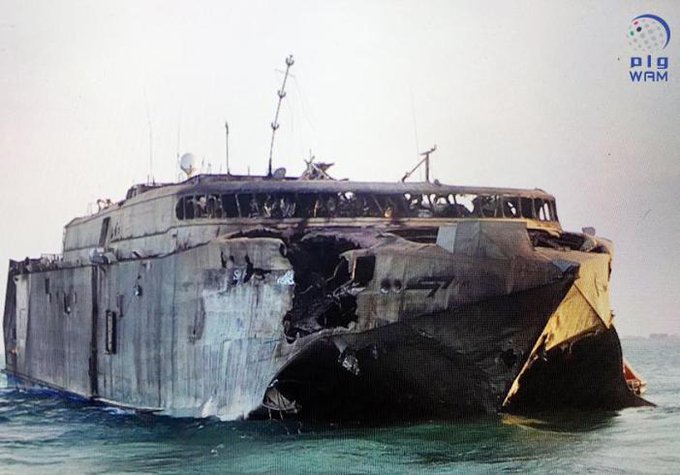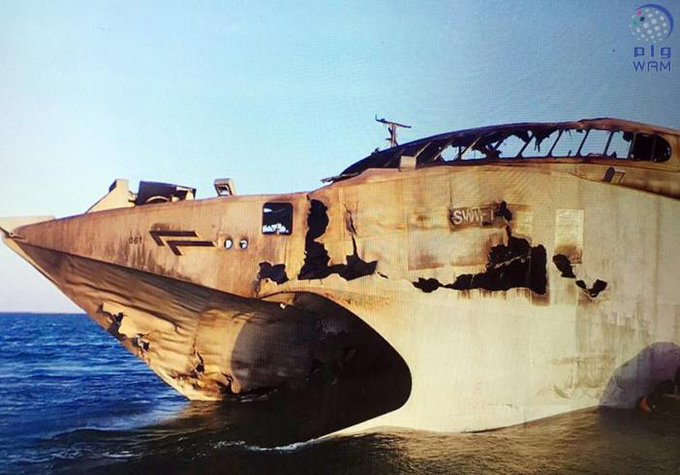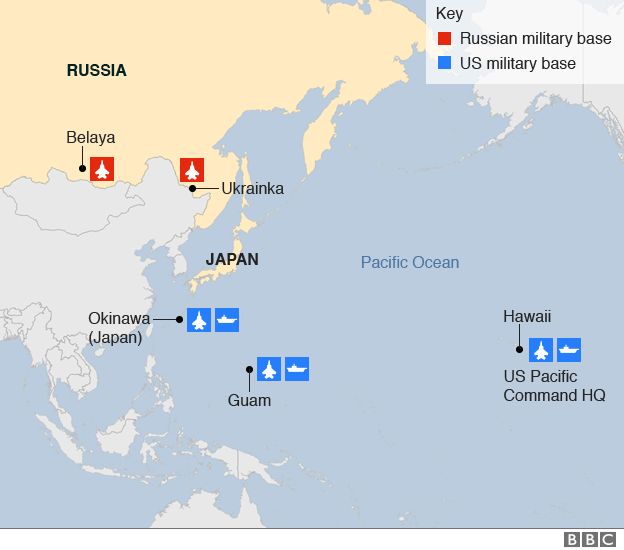The threat from CHINA: Xi warns Obama against threatening China’s sovereignty
http://www.timebomb2000.com/vb/show...ainst-threatening-China%92s-sovereignty/page9
Hummm.....
For links see article source.....
Posted for fair use.....
http://www.nytimes.com/2016/10/05/world/asia/china-president-xi-jinping-successor.html?_r=0
ASIA PACIFIC
Xi Jinping May Delay Picking China’s Next Leader, Stoking Speculation
By CHRIS BUCKLEY
OCT. 4, 2016
BEIJING — The Chinese president, Xi Jinping, appears prepared to defy the Communist Party’s established script for transferring power and delay the designation of his successor until after a party congress next year, unsettling the party elite and stirring speculation that he wants to prolong his tenure.
The delay would buy Mr. Xi more time to promote and test favored candidates and prevent his influence from ebbing away to a leader-in-waiting, experts and political insiders said. But the price could be years of friction while a pack of aspiring cadres vie for the top job, as well as unnerving uncertainty over whether Mr. Xi wants to stay in power beyond the usual two terms as party leader.
Although Mr. Xi’s decision will not be known until late 2017, the suggestion that he intends to break with precedent and begin his second term without a probable successor is magnifying uncertainties about who will rise and who will fall in the expected shake-up, including questions about the fate of the premier, Li Keqiang.
“It’s a very delicate issue,” said a member of the party establishment who regularly speaks with senior officials. He spoke on the condition of anonymity because of the party’s ban on discussing sensitive internal decisions.
“I don’t think Xi wants to decide until the people he favors have more experience, more testing,” he said.
In interviews, three other party insiders close to senior officials and their families said Mr. Xi appeared likely to delay picking a successor.
The succession quandary is shaping up as a defining test of the power and ambition of Mr. Xi, already China’s most dominant leader in decades. When and how his heir is chosen, and who is picked, will offer a measure of how much further Mr. Xi can bend the party’s ideas of collective rule that evolved after the upheavals of Mao Zedong’s last years.
The system for succession, developed after a long period of political turmoil, was devised to help ensure a predictable, stable transition of power in the one-party state. Any effort by Mr. Xi to alter that compact might increase his considerable authority, but it could also inject instability into the delicately balanced system.
Making predictions about Chinese leadership handovers is always perilous. The discussions are secret. Key decisions often come together late in the deliberations. And the ascendancy of Mr. Xi, opaque even by the standards of party leaders, makes forecasts even harder.
“Xi Jinping has unleashed forces that open up a wide range of political futures, and each has its dangers,” David M. Lampton, a professor at the Johns Hopkins School of Advanced International Studies, said by email. “The central policy reality is that the United States, and the next president, must be prepared to deal with a wider range of possibilities in China.”
The drama will probably begin in earnest this month, when the Central Committee, about 200 senior officials who sign off on major decisions, meets in Beijing. That meeting is likely to set in motion plans for the congress, which will meet in late 2017 to endorse a new top lineup.
While it is a given that the congress will back Mr. Xi for another five-year term as party leader, nearly everything else is up for grabs, giving Mr. Xi great sway to shape the new leadership.
Five of the seven members of the powerful Politburo Standing Committee must step down because of age, assuming the informal retirement age of 68 holds. That leaves only Mr. Xi, 63, and Mr. Li, 61, to return.
In the broader Politburo, the second tier of party authority, nearly half the 25 members are likely to retire.
Two terms as party leader has evolved as the standard since the 1990s, and an heir apparent is usually clear by the start of the second. The selection requires a consensus of the party elite, the product of behind-the-scenes wrangling. The previous two presidents had to accept successors who were not their picks.
But Mr. Xi’s blistering anticorruption campaign and amassing of power have shaken the idea that Chinese elite politics has settled into a stolid routine under collective control. If China’s party leaders function like a corporate board, Mr. Xi is akin to the celebrity chairman who may have the power to stare down opposition to his succession plan.
“Having played the strongman politics since coming to power, Xi would be the least likely person to feel constrained by these unspoken rules” of succession, said Warren Sun, a researcher on Chinese Communist Party history at Monash University in Australia.
Delaying the choice of a successor would allow time for Mr. Xi’s favorites to prove their ability and loyalty, experts said. The latter could allow Mr. Xi to continue to wield power behind the scenes after he retires.
But it could also create “severe friction” in the next five years, said Sebastian Heilmann, the president of the Mercator Institute for China Studies in Berlin. “Not designating a successor could be seen as a trick by Xi to grab a third term,” he said.
The risk of elite infighting, as well as demands from other senior officials and retired leaders, could still force Mr. Xi to signal his successor next year, several experts said.
“Even the amount of consolidation of power so far may have raised hackles,” said Susan Shirk, the chairwoman of the 21st Century China Program at the University of California, San Diego. “I don’t think Xi will want to further raise alarms about Putinesque intentions.”
If he is pressed to name someone, a younger Politburo member like Sun Zhengcai, the party secretary of Chongqing, could gain support.
The world may not know who has won and lost until Mr. Xi introduces his new team after the congress ends late next year.
But some officials and analysts are already saying that he wants to shunt Mr. Li, the premier, into a lesser job. There are whispers that Mr. Xi wants to raise the retirement age for the Standing Committee so that Wang Qishan, the powerful head of the party’s anticorruption agency, can stay on, possibly to replace Mr. Li.
Mr. Wang, a longtime friend of Mr. Xi’s, spent a career as an economic firefighter before taking his current job, in which he has helped Mr. Xi oust potential opponents.
Mr. Wang will be 69 by the time of the next congress, but changing the retirement age for political expediency is not unheard-of. It was 70 before Jiang Zemin lowered it so he could force out a political rival in 2002.
Predicting what happens depends on “whether or not you think the de facto rules and norms of elite succession will hold,” said Evan S. Medeiros, the former senior director for Asian affairs in the National Security Council under President Obama. “If not, predicting outcomes is a crapshoot.”
Mao and Deng Xiaoping chose favored successors only to dump them later, creating instability and bad blood in the party. On the other hand, Mr. Xi’s predecessor Hu Jintao spent a decade in preparation as heir apparent but still struggled as leader to run a team dominated by men installed by his predecessor, Mr. Jiang.
Mr. Xi and other Chinese leaders hold that it was the poor choice of Mikhail S. Gorbachev to lead the Soviet Union that precipitated its demise.
“Finally, all it took was one quiet word from Gorbachev to declare the dissolution of the Soviet Communist Party, and a great party was gone,” Mr. Xi said after he was appointed Chinese leader in 2012. “In the end nobody was a real man.”
The dilemma for Mr. Xi is that the politicians who will remain in the top echelons after next year’s retirements do not have long experience working with Mr. Xi or the right set of postings in provincial and central government, according to several experts and people who speak to senior officials. But the rising provincial leaders considered closest to him lack the experience to be taken seriously as the next national leader in waiting.
Perhaps the biggest subject of speculation is that Mr. Xi is bent on staying in power after his second term ends in 2022. The Constitution requires that he retire after two terms as president, but there is no limit on the more powerful job, general secretary of the party.
There is, however, an informal limit, which, like collective rule by the party elite, was instituted by Deng to prevent another dictator-for-life like Mao.
Even if he delays picking a successor, that does not mean he is determined to stay on as leader past 2022, when he will be 69, said Christopher K. Johnson, a senior China analyst at the Center for Strategic and International Studies in Washington.
“The only thing he’s focused on right now is next fall,” Mr. Johnson said. “If he gets his way next fall, which I think would mean they don’t signal the successor, that doesn’t then mean he’s already decided to stay on forever.”
Follow Chris Buckley on Twitter @ChuBailiang.
A version of this article appears in print on October 5, 2016, on page A1 of the New York edition with the headline: Defying Script, Chinese Leader May Delay Call on a Successor.
http://www.timebomb2000.com/vb/show...ainst-threatening-China%92s-sovereignty/page9
Hummm.....
For links see article source.....
Posted for fair use.....
http://www.nytimes.com/2016/10/05/world/asia/china-president-xi-jinping-successor.html?_r=0
ASIA PACIFIC
Xi Jinping May Delay Picking China’s Next Leader, Stoking Speculation
By CHRIS BUCKLEY
OCT. 4, 2016
BEIJING — The Chinese president, Xi Jinping, appears prepared to defy the Communist Party’s established script for transferring power and delay the designation of his successor until after a party congress next year, unsettling the party elite and stirring speculation that he wants to prolong his tenure.
The delay would buy Mr. Xi more time to promote and test favored candidates and prevent his influence from ebbing away to a leader-in-waiting, experts and political insiders said. But the price could be years of friction while a pack of aspiring cadres vie for the top job, as well as unnerving uncertainty over whether Mr. Xi wants to stay in power beyond the usual two terms as party leader.
Although Mr. Xi’s decision will not be known until late 2017, the suggestion that he intends to break with precedent and begin his second term without a probable successor is magnifying uncertainties about who will rise and who will fall in the expected shake-up, including questions about the fate of the premier, Li Keqiang.
“It’s a very delicate issue,” said a member of the party establishment who regularly speaks with senior officials. He spoke on the condition of anonymity because of the party’s ban on discussing sensitive internal decisions.
“I don’t think Xi wants to decide until the people he favors have more experience, more testing,” he said.
In interviews, three other party insiders close to senior officials and their families said Mr. Xi appeared likely to delay picking a successor.
The succession quandary is shaping up as a defining test of the power and ambition of Mr. Xi, already China’s most dominant leader in decades. When and how his heir is chosen, and who is picked, will offer a measure of how much further Mr. Xi can bend the party’s ideas of collective rule that evolved after the upheavals of Mao Zedong’s last years.
The system for succession, developed after a long period of political turmoil, was devised to help ensure a predictable, stable transition of power in the one-party state. Any effort by Mr. Xi to alter that compact might increase his considerable authority, but it could also inject instability into the delicately balanced system.
Making predictions about Chinese leadership handovers is always perilous. The discussions are secret. Key decisions often come together late in the deliberations. And the ascendancy of Mr. Xi, opaque even by the standards of party leaders, makes forecasts even harder.
“Xi Jinping has unleashed forces that open up a wide range of political futures, and each has its dangers,” David M. Lampton, a professor at the Johns Hopkins School of Advanced International Studies, said by email. “The central policy reality is that the United States, and the next president, must be prepared to deal with a wider range of possibilities in China.”
The drama will probably begin in earnest this month, when the Central Committee, about 200 senior officials who sign off on major decisions, meets in Beijing. That meeting is likely to set in motion plans for the congress, which will meet in late 2017 to endorse a new top lineup.
While it is a given that the congress will back Mr. Xi for another five-year term as party leader, nearly everything else is up for grabs, giving Mr. Xi great sway to shape the new leadership.
Five of the seven members of the powerful Politburo Standing Committee must step down because of age, assuming the informal retirement age of 68 holds. That leaves only Mr. Xi, 63, and Mr. Li, 61, to return.
In the broader Politburo, the second tier of party authority, nearly half the 25 members are likely to retire.
Two terms as party leader has evolved as the standard since the 1990s, and an heir apparent is usually clear by the start of the second. The selection requires a consensus of the party elite, the product of behind-the-scenes wrangling. The previous two presidents had to accept successors who were not their picks.
But Mr. Xi’s blistering anticorruption campaign and amassing of power have shaken the idea that Chinese elite politics has settled into a stolid routine under collective control. If China’s party leaders function like a corporate board, Mr. Xi is akin to the celebrity chairman who may have the power to stare down opposition to his succession plan.
“Having played the strongman politics since coming to power, Xi would be the least likely person to feel constrained by these unspoken rules” of succession, said Warren Sun, a researcher on Chinese Communist Party history at Monash University in Australia.
Delaying the choice of a successor would allow time for Mr. Xi’s favorites to prove their ability and loyalty, experts said. The latter could allow Mr. Xi to continue to wield power behind the scenes after he retires.
But it could also create “severe friction” in the next five years, said Sebastian Heilmann, the president of the Mercator Institute for China Studies in Berlin. “Not designating a successor could be seen as a trick by Xi to grab a third term,” he said.
The risk of elite infighting, as well as demands from other senior officials and retired leaders, could still force Mr. Xi to signal his successor next year, several experts said.
“Even the amount of consolidation of power so far may have raised hackles,” said Susan Shirk, the chairwoman of the 21st Century China Program at the University of California, San Diego. “I don’t think Xi will want to further raise alarms about Putinesque intentions.”
If he is pressed to name someone, a younger Politburo member like Sun Zhengcai, the party secretary of Chongqing, could gain support.
The world may not know who has won and lost until Mr. Xi introduces his new team after the congress ends late next year.
But some officials and analysts are already saying that he wants to shunt Mr. Li, the premier, into a lesser job. There are whispers that Mr. Xi wants to raise the retirement age for the Standing Committee so that Wang Qishan, the powerful head of the party’s anticorruption agency, can stay on, possibly to replace Mr. Li.
Mr. Wang, a longtime friend of Mr. Xi’s, spent a career as an economic firefighter before taking his current job, in which he has helped Mr. Xi oust potential opponents.
Mr. Wang will be 69 by the time of the next congress, but changing the retirement age for political expediency is not unheard-of. It was 70 before Jiang Zemin lowered it so he could force out a political rival in 2002.
Predicting what happens depends on “whether or not you think the de facto rules and norms of elite succession will hold,” said Evan S. Medeiros, the former senior director for Asian affairs in the National Security Council under President Obama. “If not, predicting outcomes is a crapshoot.”
Mao and Deng Xiaoping chose favored successors only to dump them later, creating instability and bad blood in the party. On the other hand, Mr. Xi’s predecessor Hu Jintao spent a decade in preparation as heir apparent but still struggled as leader to run a team dominated by men installed by his predecessor, Mr. Jiang.
Mr. Xi and other Chinese leaders hold that it was the poor choice of Mikhail S. Gorbachev to lead the Soviet Union that precipitated its demise.
“Finally, all it took was one quiet word from Gorbachev to declare the dissolution of the Soviet Communist Party, and a great party was gone,” Mr. Xi said after he was appointed Chinese leader in 2012. “In the end nobody was a real man.”
The dilemma for Mr. Xi is that the politicians who will remain in the top echelons after next year’s retirements do not have long experience working with Mr. Xi or the right set of postings in provincial and central government, according to several experts and people who speak to senior officials. But the rising provincial leaders considered closest to him lack the experience to be taken seriously as the next national leader in waiting.
Perhaps the biggest subject of speculation is that Mr. Xi is bent on staying in power after his second term ends in 2022. The Constitution requires that he retire after two terms as president, but there is no limit on the more powerful job, general secretary of the party.
There is, however, an informal limit, which, like collective rule by the party elite, was instituted by Deng to prevent another dictator-for-life like Mao.
Even if he delays picking a successor, that does not mean he is determined to stay on as leader past 2022, when he will be 69, said Christopher K. Johnson, a senior China analyst at the Center for Strategic and International Studies in Washington.
“The only thing he’s focused on right now is next fall,” Mr. Johnson said. “If he gets his way next fall, which I think would mean they don’t signal the successor, that doesn’t then mean he’s already decided to stay on forever.”
Follow Chris Buckley on Twitter @ChuBailiang.
A version of this article appears in print on October 5, 2016, on page A1 of the New York edition with the headline: Defying Script, Chinese Leader May Delay Call on a Successor.

